Page 137 of 244

light comes on and stays on. If the PAS
S EN GER AIR BAG OFF
light does not
come on and stay on the inflating airbag
will hit the child safety seat or infant car
rier with great force and will smash the
child safety seat and child against the
backrest, door or roof. Have the airbag
system inspected immediately by your
Audi dealer.
Child safety seats
Infant seats
Babies and infants up to about one year old
and 20 lbs. or 9 kg need special rearward-fac
ing child restraints that support the back,
neck and head in a crash.
I
Fig. 120 Rea rward-faci ng infant seat. properly instal·
led on the passe nger seat
.. When using the vehicle safety belt to install
a child safety seat, you must first activate
the convertible locking retractor on the
safety belt to prevent the child safety seat
from moving
¢ page 138.
.. Push the child safety seat down with your
full weight to get the safety belt rea lly tight
so tha t the seat cannot move forwa rd or
s ideways more than one inch (2.5 cm).
I nfants up to about one year (20 lbs. or 9 kg)
are best protected in special infant carriers
and chi ld safety seats designed for their age
group. Many experts believe that infants and
small children should ride only in special re
straints in which the child faces the back of
the vehicle . These infant seats support the ba
by's back, neck and head in a crash
¢ fig. 120.
Child S afety 13 5
A WARNING
Not using a child safety seat, using th e
wrong child safety seat or improperly in
stall ing a ch ild restraint increases the risk
of ser ious personal injury and death in a
crash.
- Never install a rear-fac ing ch ild restraint
in the forward-fac ing d irect ion. Such re
straints are designed for the special
needs of infants and very small ch ildren
and cannot protect them properly if the
seat is forward-facing.
- Never install a rearward faci ng child
safety seat on the front passenger seat
un less the
PA SSENGER AIR BAG OFF
light comes on and stays on. If the PA S
SENGER AIR BA G OF F
light does not
come on and stay on the inflating a irbag
will hit the child safety seat or infant car·
rier w ith great force and w ill smash the
child safety seat and child against the
backrest, door or roof. Have t he airbag
sys tem inspected immedi ately by your
Aud i dea le r.
- Always read and heed al l WARNI NGS
whenever using a child restrained in ave
hicle is being used
¢ page 101, Safety
belts, ¢ page 109, Airbag system
and
¢ page 130, Important things to know .
Convertible child safety seats
Properly used convertible child safety seats
can help protect toddlers and children over
age one who weigh between 20 and 40 lbs . (9
and 18 kg) in a crash.
Fig. 12 1 Sc hematic overv iew: instal lation of the seat
using the vehicle's safety belt system
Page 138 of 244
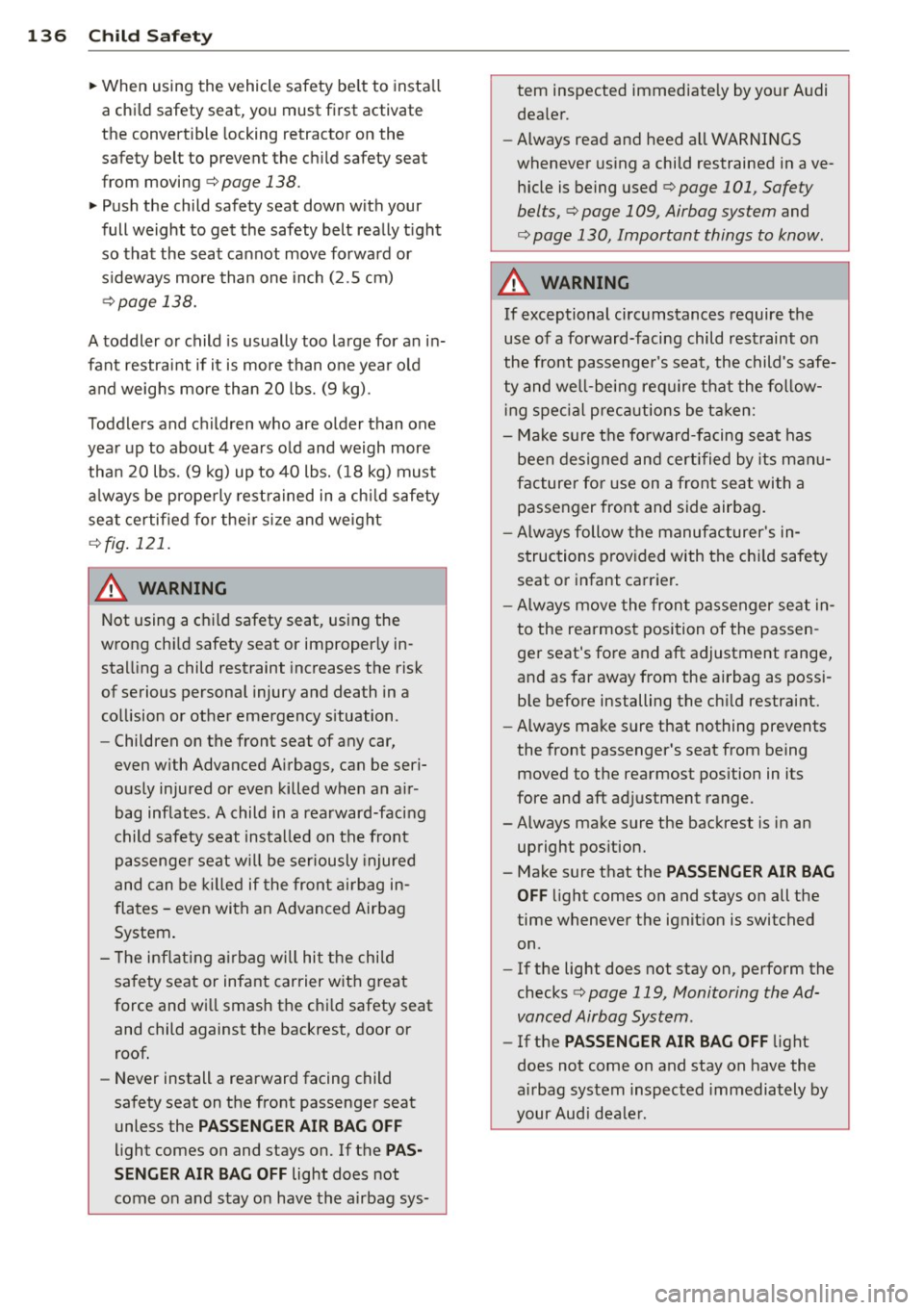
136 Child Saf ety
.. When using the vehicle safety be lt to insta ll
a chi ld safety seat, you must first activate
the convertible locking retractor on the
safety belt to prevent the child safety seat
from moving¢
page 138.
• Push the child safety seat dow n with your
full weight to get the safety belt really t ight
so that the seat cannot move forward or s ideways more than one inch (2 .5 cm)
¢page 138.
A toddler or child is usually too large for an in
fant restraint if it is more than one year o ld
and weighs more than
20 lbs. (9 k g).
Toddlers and child ren who are older than one
yea r up to about
4 yea rs old and weigh more
tha n
20 lbs. (9 kg) up to 40 lbs. (18 kg) must
a lways be prope rly restrained in a ch ild safety
seat certified for the ir s ize and we ight
¢ fig . 121.
.&_ WARNING
Not using a ch ild safety seat, using the
wrong chi ld safety seat or improper ly in
stal ling a child restraint increases the risk
of serious personal injury and death in a
co llision or other eme rgency s ituation .
- Children on the front seat of any car,
even w ith Advanced A irbags, can be seri
ous ly injured or even killed when an a ir
bag inflates . A child in a rearward-facing
c hild safety seat installed on the front
passenge r seat w il l be seriously injured
and can be killed if the fron t air bag in
flates -even with an Advanced Airbag
S ystem .
-
-The inflating a irbag will hit the child
safety seat or infant carrier w ith g reat
force and w ill smash the ch ild safety seat
and child against the backrest, door or
roof.
- Never install a rearward facing child
safety seat on the front passenge r seat
unless the
PASSENGER AIR BAG OFF
light comes on and stays on. If the PAS
SENGER AIR BAG OFF
light does not
com e on a nd stay on have the airbag sys- tern inspected immediate
ly by you r Audi
dea le r.
- Always rea d and heed all WAR NINGS
whenever using a child restrained in ave
hicle is being used¢
page 101, Safety
belts ,¢ page 109, Airbag system
and
¢ page 130, Important things to know.
.&_ WARNING
-If exceptional circ umstances require the
use of a fo rward-facing child restraint on
the front passenge r's seat, the child's safe
ty and we ll-being require that the follow
i ng spec ial prec autions be ta ken:
- Make sure t he forward- facing seat has
been designed and cert ified by its m anu
facturer fo r use on a front seat with a
passenger front and side airbag.
- Always follow the manuf acturer 's in
structions p rov ided with the ch ild safety
seat o r infant ca rr ier .
- Always move the fron t passenger se at in
to the rearmost position of the passen
ger seat's fore and aft adjustment range,
an d as far away from the airbag as possi
b le before installing the ch ild restraint.
- Always make sure that nothing prevents
the front passenger's seat from being moved to the rearmost pos ition in its
fore and aft ad justment range .
-Always make sure the bac krest is in an
upright pos ition.
- Make sure that the
PASSENGER AIR BAG
OFF
li ght comes on and stays on all the
time wheneve r the ignit ion is switched
on .
-If the light does not stay on, perform the
checks ¢
page 119, Monitoring the Ad
vanced Airbag System .
-If the PASSENGER AIR BAG OFF light
does not come on and stay on have the
airbag system inspec ted immediately by
your Aud i dea le r.
-
Page 139 of 244
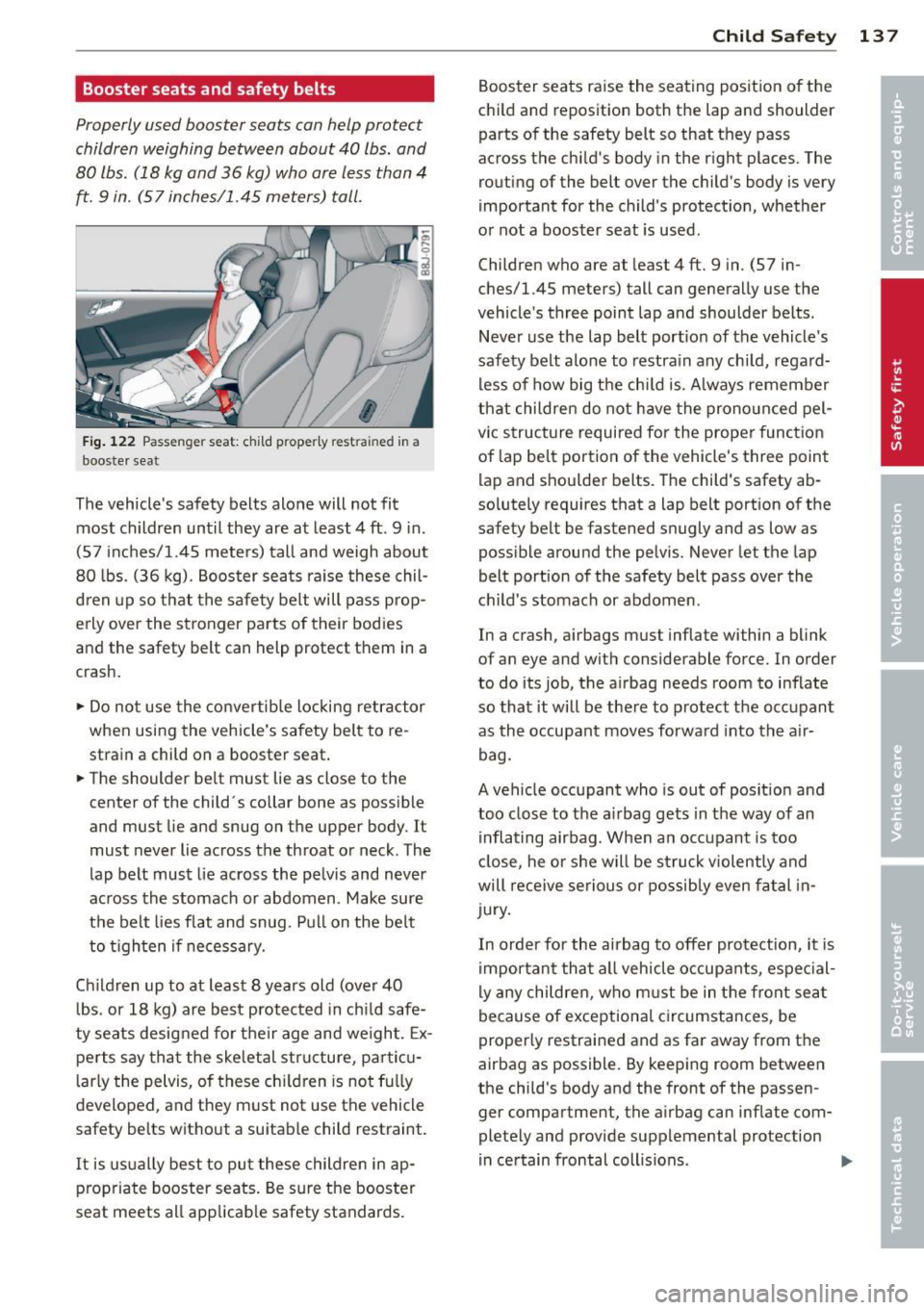
Booster seats and safety belts
Properly used booster seats can help protect
children weighing between about 40 lbs. and
80 lbs. (18 kg and 36 kg) who are less than 4
ft. 9 in . (57 inches/1 .45 meters) tall.
F ig . 122 Passen ger seat : child p roper ly rest ra in ed in a
booster sea t
The vehicle's safety belts alone will not fit
most children until they are at least 4
ft . 9 in .
(57 inches/1.45 meters) tall and weigh about
80 lbs .
(36 kg). Booster sea ts ra ise these chil
dren up so that the safety belt will pass prop
erly over the stronger parts of their bodies
and the safety belt can help protect them in a
crash.
.,. Do no t use the convertible locking retr actor
when using the vehicle's safety belt to re strain a child on a booster seat .
.. The shoulder be lt must lie as close to the
center of the child 's collar bone as possible
and must lie and snug on the upper body. It must never lie across the throat or neck . The
lap belt must lie across the pelvis and never
across the stomach or abdomen . Make sure
the belt lies flat and snug . P ull on the be lt
to t ighten if necessary.
Ch ildren up to at least 8 years old (over 40
lbs . or 18 kg) are best protected in child safe
ty seats designed for the ir age and we ight. Ex
perts say that the ske letal structu re, pa rticu
l arly the pelvis, of these ch ildren is not fully
developed, and they m ust not use the vehicle
safety belts without a suitab le child restraint.
It is us ually best to put these childre n in ap
propriate booster seats. Be sure the booster
seat meets all app licab le safety standards. Child S
afety 13 7
Booster seats ra ise the seating pos ition o f the
child and reposition both the lap and shoulder
parts of the safety belt so that they pass
across the ch ild's body in the right p laces. The
routing of the belt over the ch ild's body is very
important for the child's protect ion, whether
o r not a booster seat is used.
Children who are at least 4
ft. 9 in. (57 in
ches/1.45 meters) tall can generally use the
vehicle's three point lap and shoulder belts .
Never use the lap belt port io n of the vehicle's
safety be lt alone to restra in any chi ld, regard
less of how big the ch ild is. Always remember
that children do not have the prono unced pel
vic struc ture required for the proper funct ion
of lap belt portion of the vehicle's three point
lap and shou lder belts. The child 's safety ab
solutely requires that a lap belt portion of the
safety belt be fastened snugly and as low as poss ible around the pelvis. Never let the lap
belt portion of the safety belt pass over the
c hi ld 's stomach or abdomen.
In a crash , a irbags must inflate within a blink
of an eye and with considerable force. In order
to do its job, the a irbag needs room to i nflate
so that it will be the re to protect the occupant
as the occupant moves forward into the a ir
bag .
A vehicle occupant who is out of posit ion and
too close to the a irbag gets in the way of an
inflating airbag . When an occupant is too
close, he or she will be st ruck violently and
will receive se rious or possibly even fat al in-
J LI ry .
In order for the airbag to offer protection, it is
importan t that all veh icle occupants, espec ial
ly any children, who m ust be in t he front sea t
because of exceptional c ircumstances, be
properly restrained and as far away from the
airbag as possible. By keeping room between
the child's body and the front of the passen ger compartment, the a irbag can inflate com
pletely and provide supplemental protection
in ce rtain frontal collisions .
Page 140 of 244
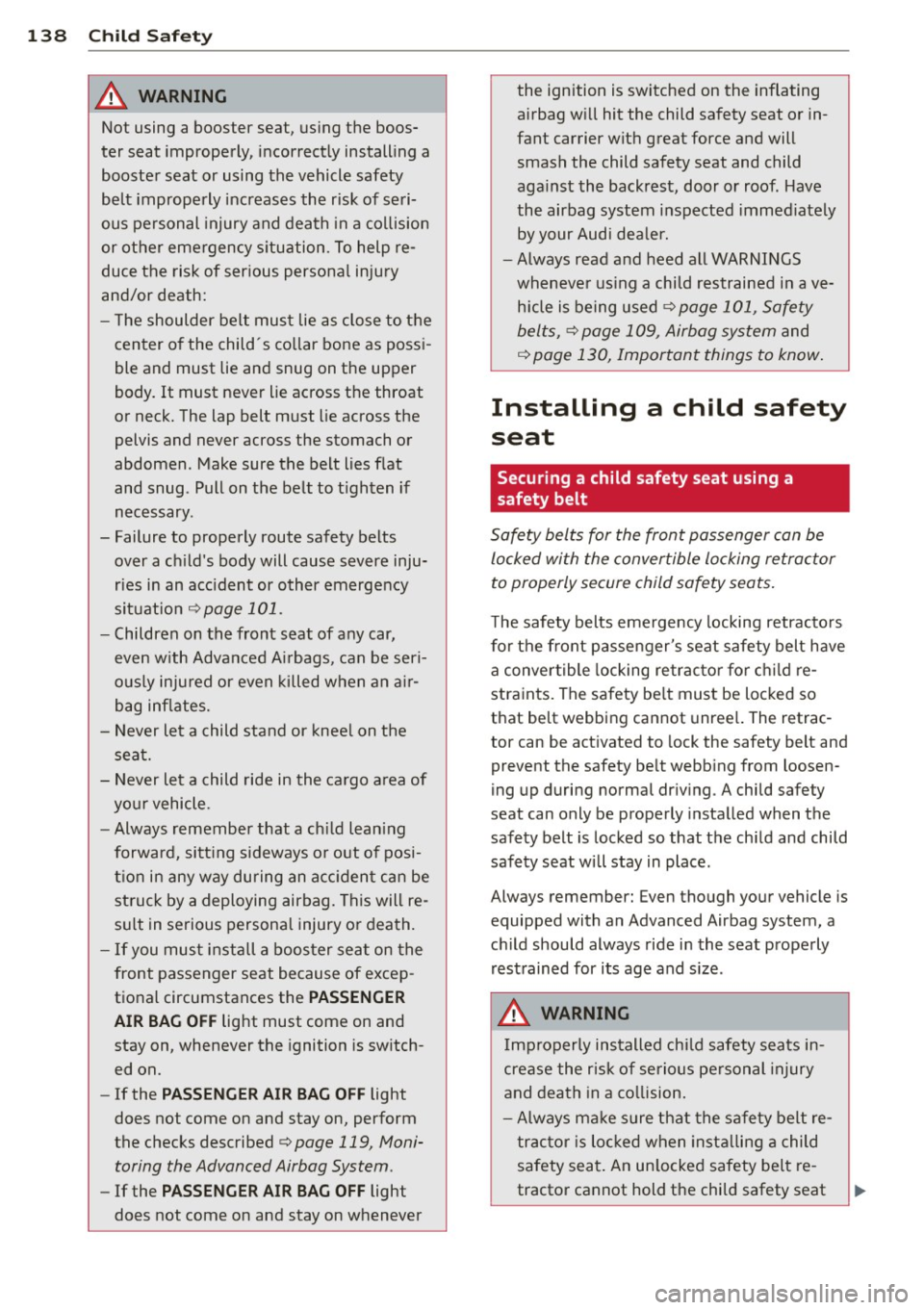
138 Child Saf ety
,8. WARNING
Not using a booster seat, using the boos
ter seat improperly, incorrectly install ing a
booster seat or using the vehicle safety
belt improperly increases the risk of seri
ous personal injury and death in a collision
or other eme rgency s ituation. To help re
duce the risk of serious persona l injury
and/or death:
- T he shoulder belt must lie as close to the
center of the child· s collar bone as possi
ble and must lie and snug on the upper
body. It must never lie across the throat
or neck. The lap belt must lie across the
pelvis and never across the stomach or
abdomen . Make sure the belt lies flat
and snug . Pull on the belt to t ighten if
necessary .
- Failure to properly route safety belts over a ch ild's body will cause severe inju
ries in an acc ident or other emergency
situation
¢ page 101 .
-Children on the front seat of any car,
even with Advanced A irbags, can be seri
ous ly inju red or even killed when an a ir
bag inflates.
- Never let a child stand or knee l on the
seat.
- Never let a child ride in the cargo a rea of
yo ur vehicle.
- Always remember that a ch ild lean ing
forward, sitting sideways or out of posi
t ion in any way during an acc ident can be
struck by a deploying airbag. This will re
sult in serious personal injury or death.
- If you must install a booster seat on the
front passenger seat because of excep
tional circumstances the
PASSENGER
AIR BAG OFF
light must come on and
stay on, whenever the ignition is switch
ed on.
- If the
PASSENGER AIR BAG OFF light
does not come on and stay on, perform
the checks described
¢page 119, Moni
toring the Advanced Airbag System .
-If the PASSENGER AIR BAG OFF light
does not come on and stay on whenever
-
the ignition is switched on the inflating
airbag w ill hit the child safety seat or in
fant carrier with great force and will smash the child safety seat and child
aga inst the backrest, door or roof. Have
the airbag system inspected immed iately
by your Audi dea ler.
- Always read and heed all WARNINGS
whenever using a child restrained in ave
h icle is being used
¢page 101, Safety
belts,
¢ page 109, Airbag system and
¢ page 130, Important things to know .
Installing a child safety
seat
Securing a child safety seat using a
safety belt
Safety belts for the front passenger can be
locked with the convertible locking retractor
to properly secure child safety seats.
T he safety belts emergency locking retracto rs
for the front passenger's seat safety belt have
a convertible locking retracto r for child re
straints. The safety be lt must be locked so
that belt webbing cannot unreel. The retrac
tor can be activated to lock the safety belt and
prevent the safety be lt webbing from loosen
ing up during normal driving. A child safety
seat can only be properly installed when the
safety belt is locked so that the child and child safety seat wi ll stay in place .
Always remember: Even though your vehicle is
equipped with an Advanced Airbag system, a
child should always ride in the seat properly
restrained for its age and s ize.
,8. WARNING
Imp roperly installed chi ld safety seats in
crease the risk of serious personal injury
and death in a collision.
- Always ma ke sure that the safety belt re
tractor is loc ked when insta lling a child
safety seat . An un locked safety belt re -
tractor cannot hold the child safety seat ..,_
Page 141 of 244

in place during normal driving or in a
crash.
- Always buck le the child safety seat firmly
in place even if a child is not sitting in it.
A loose ch ild safety seat can fly around
dur ing a sudden stop or in a col lision
- The inflating a irbag w ill hit the child
safety seat or infant carrier w ith great
force and w ill smash the ch ild safety seat
and child against the backrest, door or
roof.
- Forward -fac ing ch ild safety seats or in
fant ca rr iers installed on the front pas
senger 's seat may inte rfe re with the de
ployment of the airbag and cause se rious
injury to the ch ild.
- Always read and heed all WARNINGS
whenever u sing a child rest rained in ave
hicle is being used~
page 130 . Special
precautions apply when installing a ch ild
safety seat on the front passenger seat
~ page 110, Child restraints on the front
seat -some important things to know.
A WARNING
-
Always take special precautions if you
must install a forward or rearward-facing
child restraint on the front passenger's
seat in except ional situat ions :
- Whenever a forward or rearward-facing
child restraint is installed on the front
passenge r seat, the
PASSENGER AIR
BAG OFF
light must come on and stay on
whenever the ignition is switched on.
- If the
PASSENGER AIR BAG OFF light
does not come on and stay on, perform
the checks described
~page 119, Moni
toring the Advanced Airbag System.
- If the PA SSENGER AIR BAG OFF light
does not come on and s tay on whenever
the ignition is switched on the inflating airbag will hit the child safety seat or in
fant carr ier with great force and wi ll
smash the ch ild safety seat and chi ld
against the backrest, door or roof. Have
the a irbag system inspected immediately
by your Audi dealer .
Child Safet y 139
-Improper installation of chi ld restraints
can reduce their effectiveness or even
prevent them from providing any protec
tion .
- An improperly installed ch ild restra int
can interfere with the airbag as it de ploys and seriously injure or even k ill the
child.
- Always carefully follow the manufactur
er 's instructions prov ided with the child
safety seat or carrier .
- Never p lace add itiona l items on the seat
that can increase the total weight reg is
tered by the weight-sensing mat and can cause injury in a crash.
A WARNING
Forward-facing child restraints:
- Always make sure the forward-facing
seat has been designed and certified by
its manufacture r for use on a front seat
with a passenger fron t and s ide a irbag.
- Never put the fo rward-facing child re
s traint up, against o r ve ry nea r the in
strument panel.
- Always move the passenge r seat into its
rearmost pos ition in the seat's fore and
aft adj ustment range, as fa r away from
the airbag as possible before installing
the forward-fac ing ch ild restraint . The
backrest must be ad justed to an upright
position.
- Make sure that the
PASSENGER AIR BAG
OFF
li ght comes on and stays on all the
time whenever the ignit ion is switched
on.
A WARNING
Rearward -facing child restraints:
- A child in a rearward-facing child safety
seat insta lled on the front passenger
seat will be seriously in ju red and can be
killed if the front airbag inflates -even
with an Advanced A irbag System .
- The inflating airbag will h it the ch ild
safety seat or infant carrier with great
force and will smas h the child safety seat .,. •
•
Page 142 of 244
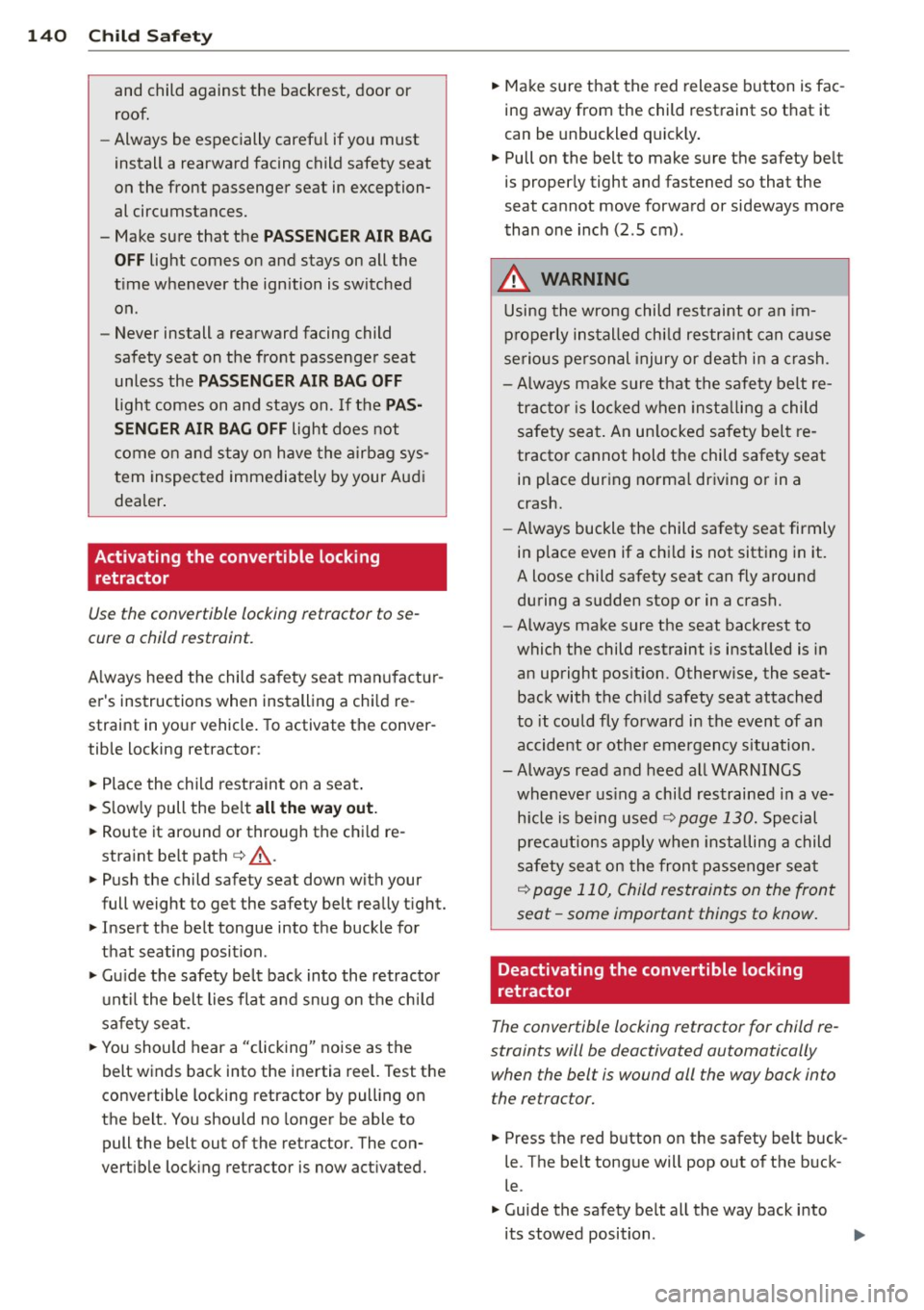
140 Child Saf ety
and child against the backrest, door or
ro of.
- Always be especially careful if you mu st
ins tall a rearward facing c hild safety seat
on the front passenger seat in exception
al circumstanc es.
- Make sure that the
PA SS ENGER AIR BAG
OFF
light comes on and stays on all the
t ime w henever the ignition is switched
on.
- Never install a rearward facing child
safety seat on the front passenger seat
unless the
PASSENGER AIR BAG OFF
light comes on and stays on. If the PAS·
SENGER AIR BAG OFF
light does not
come on and stay on h ave the airbag sys
tem inspec ted immediately by your Aud i
dealer .
Activating the convertible locking
retractor
Use the convertible locking retractor to se
cure a child restraint.
A lways heed the child sa fety seat man ufactur
er's instructions when ins talling a chi ld re
straint in your vehicle . To activate the conver
tib le locking retractor:
., Place the child restrain t on a seat .
., Slow ly pull the be lt
all the wa y out.
., Route it around or through the chi ld re
stra int be lt path
c:> ,&. .
., Push the child safety seat down with your
full weight to get the safety belt rea lly t ight.
., In sert the be lt tongue into the buckle fo r
t h at seating posi tion.
., Gu ide the safety be lt back into the retracto r
u nt il the belt lies flat a nd snug on the chi ld
sa fe ty seat.
., You should hear a "clicking" noise as the
belt winds bac k into the ine rtia reel. Test the
conve rtible locking retractor by pull ing on
the be lt . You should no longer be able to
pull the belt out of the retractor. The con
vertib le lock ing retractor is now act ivated. .,
Ma ke s ure that the red release button is fac
ing away from the child rest raint so that it
can be unbuckled q uick ly .
., Pull on the belt to make sure the safety be lt
is properly tight and fastened so that the
seat ca nnot move forward or sideways more
t han one inch (2.5 cm) .
A WARNING
Using the wrong child res traint o r an i m
pr operly ins talled chi ld restraint can cause
se rious pe rsonal injury or death in a crash.
- Always ma ke sure that the safety belt re-
trac to r i s lo cked when insta lling a child
safety seat . An un locked safety bel t re
tracto r cannot hold the child safety seat
in place dur ing no rma l dr iving o r in a
crash.
- Always buckle the child safety seat firmly
in place even if a ch ild is not sitt ing in it.
A loose child safety seat can fly around
during a sudden stop or in a crash.
- Always make sure the seat backrest to
which the child restraint is installed is in
an upright pos ition. Otherw ise, the seat
back with the ch ild safety seat attached
to it could fly forward in the event of an
accident o r othe r emergency situation.
- Always read and heed all WAR NIN GS
wheneve r using a child res trained in ave
h icle is being used
c:> page 130. Special
p re ca utions apply when insta lling a child
safe ty se at on the fron t passenger seat
<=> page 110, Child restraints on the front
seat -some important things to know .
Deactivating the convertible locking
retractor
-
The convertible locking retractor for child re
straints will be deactivated automatically when the belt is wound all the way back into
the retractor.
., Press the red b utton on the safety belt buck
le . The belt tong ue will pop out of the b uck
le .
., Guide the safety be lt all the way back into
its stowed position .
Page 143 of 244
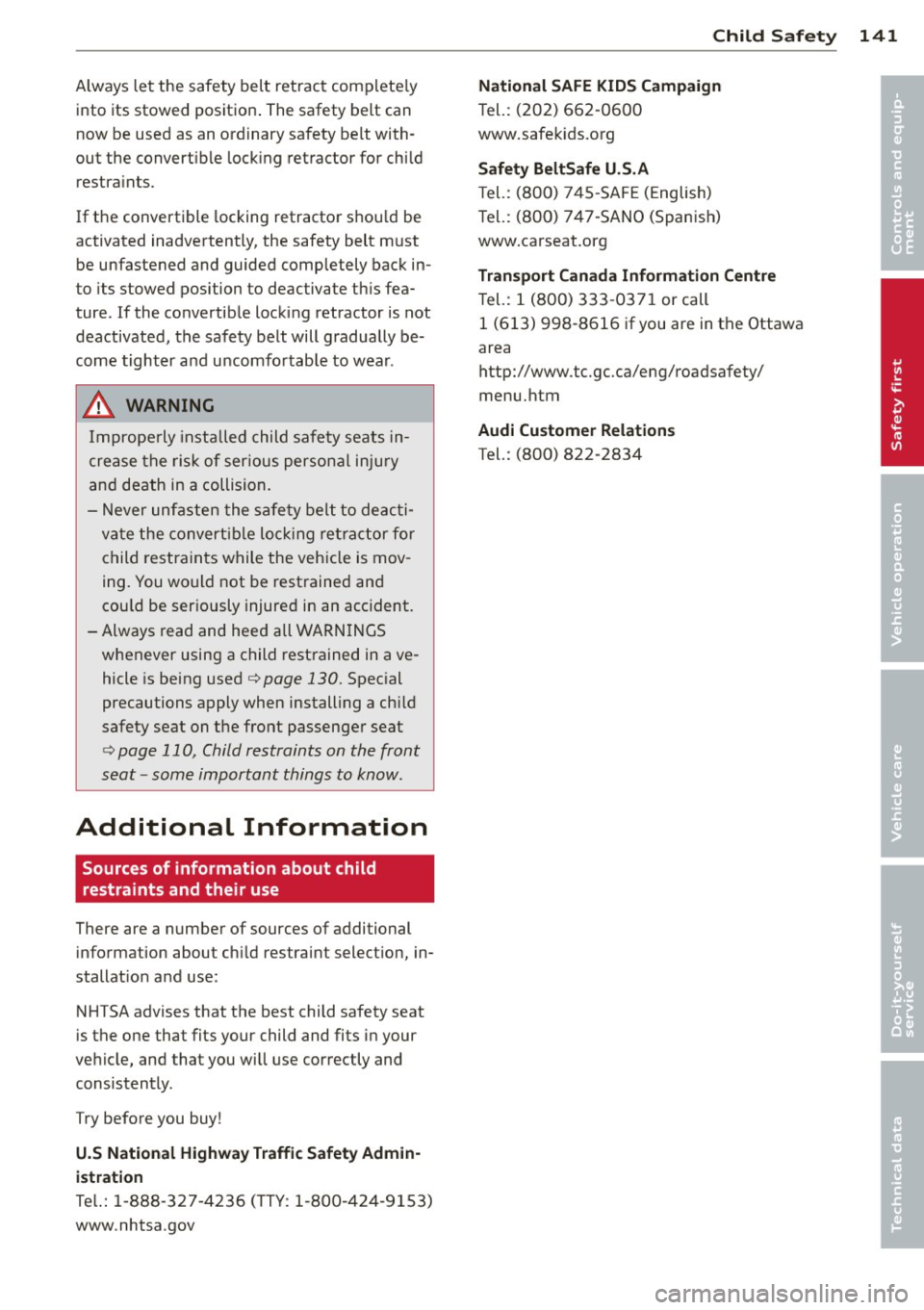
Always let the safety belt retract completely
into its stowed position . The safety belt can
now be used as an ord inary safety belt with
out the convert ible locking retractor for child
restra ints.
If the convertible locking retractor shou ld be
activated inadvertently, the safety belt m ust
be unfastened and guided completely back in
to its stowed position to deactivate th is fea
ture .
If the convertible locking retractor is not
deactivated, the safety belt will g radually be
come tighter and uncomfo rtab le to wear .
.8, WARNING
Improperly insta lled child safety seats in
cre ase the risk of ser ious personal inju ry
and death in a collision.
- Never unfasten the safety belt to deac ti
va te the convert ib le lo ck ing ret ra ctor for
child restrain ts while the veh icle is mov
ing. You would not be restrained and
cou ld be seriously injured in an accident.
- Always read and heed all WARN INGS
whenever using a child restrained in ave
hicle is being used¢
page 130. Special
precautions apply when installing a ch ild
safety seat on the front passenger seat
¢ page 110, Child restraints on the front
seat -some important things to know.
Additional Information
Sources of information about child
restraints and their use
.
There are a number of sources of additional
i n formation about ch ild restraint select ion, in
stallat ion and use:
NHTSA advises that the best child safety seat
is the one that fits your child and fits in your
ve hicle, and that you will use correctly and
consistently .
Try before you buy!
U.S National Highway Traffic Safety Admin
i s tration
Te l.: 1-888-327 -4236 ( TTY: 1-800-424-9 153)
www.nhtsa.gov
Child Sa fet y 141
National SAFE KIDS Campaign
Tel.: (202) 662-0600
www.safek ids.org
Safet y BeltSafe U.S .A
T el.: (800) 7 45-SAFE (English)
Tel.: (800) 747 -SANO (Spanish)
www.carseat.org
Transport Canada Information Centre
T el.: 1 (800) 333 -037 1 or call
1 (613) 998-8616 if you are in the Ottawa
area
http://www.tc.gc.ca/eng/roadsafety/
menu.htm
Audi Customer Relation s
Tel.: (800) 822-2834
•
•
Page 144 of 244

142 Intelligent technology
Intelligent technology
Notice about data
recorded by vehicle
control modules
Your vehicle is not equipped with an Event Da
ta Recorder (EDR), installed by some manu
facturers fo r the express purpose of capturing
data for retrieval after an accident or crash
event . EDR's are sometimes ca lled "crash re
corders".
Some state laws restrict the retr ieval or down
loading of data stored by EDR's that were in
stalled in a vehicle for the express purpose of
retrieving data after an accident or crash
event without the owner's consent.
A lthough your vehicle is not equipped with an
EDR, it is equipped with a number of electron
ic control modules for various vehicle systems
such as, for examp le, eng ine function, em is
sion control, as well as for the airbags and
safety belts.
These electronic contro l modules also record
vehicle-re lated data during normal vehicle op
eration for diagnostic and repair purposes.
The recording capacity of the electronic con
trol modules is limited to data (no sound is re
corded) and only a small amount of data is ac
tually recorded over a very limited pe riod of
time and stored when a system fault or other
condition is sensed by a control unit. Some of
the data then stored may relate to vehicle
speed, direction, braking as we ll as restraint
system use and performance in the event of a
crash or other condition. Stored data can only
be read and downloaded with special equip
ment.
Electronic Stabilization
Control (ESC)
Description
ESC helps to improve road holding and vehicle
dynamics to help reduce the probability of
skidd ing and loss of vehicle control. It works
only when the engine is running. ESC detects certain difficult driving situat
ions, including
when the vehicle is beginning to spin (yaw)
out of control and helps you to get the veh icle
back under control by se lectively braking the
wheels, and/or reducing engine power and
providing steering assistance to help hold the
vehicle on the driver's intended course. The in
dicator light
G) in the instrument cluster
blinks when ESC is taking action to help you
control the vehicle.
ESC has limitations.
It is important to remem
ber that ESC cannot overcome the laws of
physics. It wi ll not always be able to help out
under all conditions you may come up against.
For example, ESC may not always be able to
help you master situations where there is a
sudden change in the coefficient of friction of
the road surface. When there is a section of
dry road that is suddenly covered with water,
slush or snow, ESC cannot perform the same
way it wou ld on the dry surface . If the vehicle
hydroplanes (rides on a cushion of water in
stead of the road surface), ESC will not be
able to help you steer the vehicle because con
tact with the pavement has been interrupted
and the vehicle cannot be braked or steered.
During fast cornering, particularly on winding
roads, ESC cannot always deal as effectively
with difficult driving situations as at lower
speeds.
Always adjust your speed and driving style to
road , traffic §&and weather conditions. ESC
cannot override the vehicle's physical limits,
increase the available traction, or keep a vehi
cle on the road if road departure is a result of
driver inattention . Instead, ESC improves the
poss ibility of keeping the vehicle under con
t rol and on the road dur ing extreme maneu
vers by using the driver's steering inputs to
help keep the vehicle go ing in the intended di
rection . If you are traveling at a speed that
causes you to run off the road before ESC can
provide any assistance, you may not experi
ence the benefits of ESC.
ESC includes and/or works togethe r with the
anti- lock brake system (ABS), brake assist sys-
tem and anti-slip regu lation (ASR). ESC is .,..
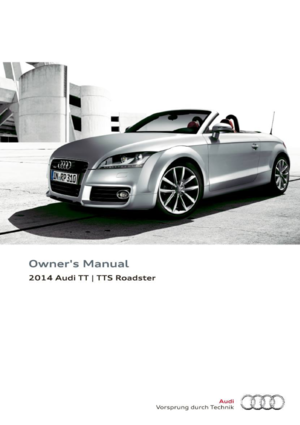 1
1 2
2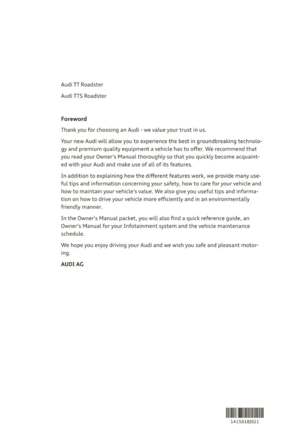 3
3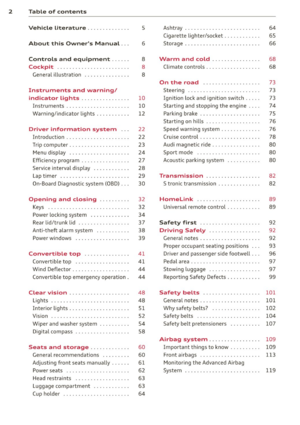 4
4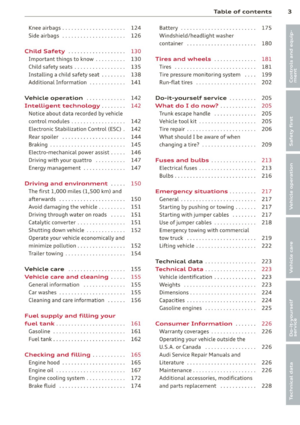 5
5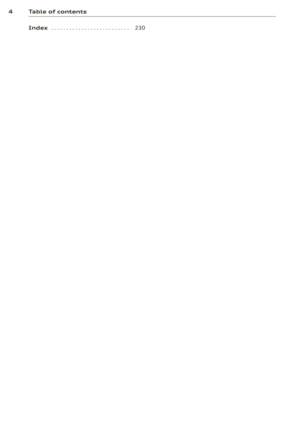 6
6 7
7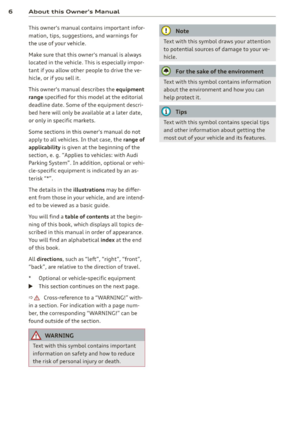 8
8 9
9 10
10 11
11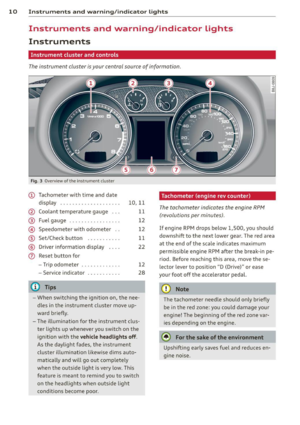 12
12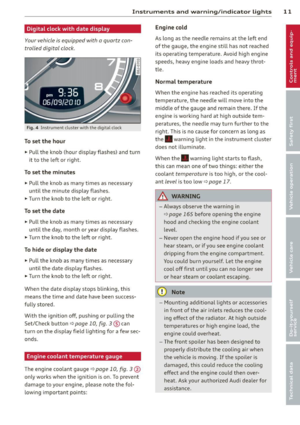 13
13 14
14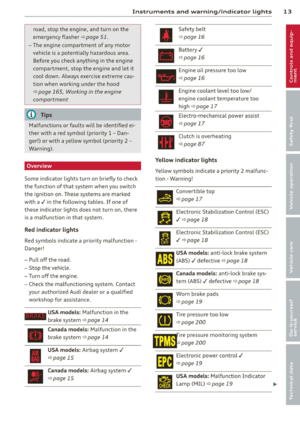 15
15 16
16 17
17 18
18 19
19 20
20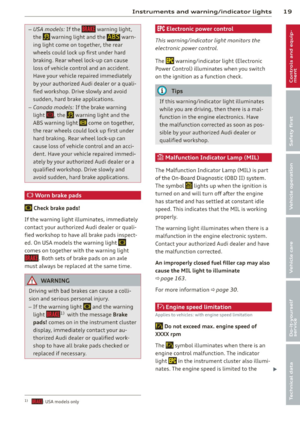 21
21 22
22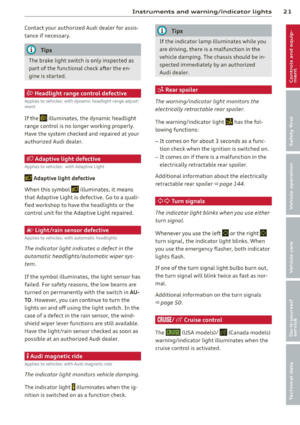 23
23 24
24 25
25 26
26 27
27 28
28 29
29 30
30 31
31 32
32 33
33 34
34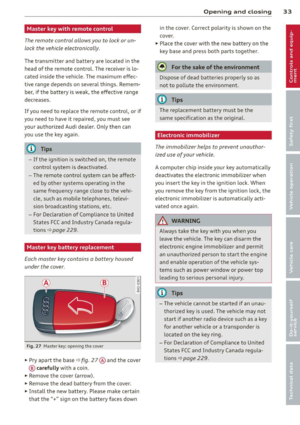 35
35 36
36 37
37 38
38 39
39 40
40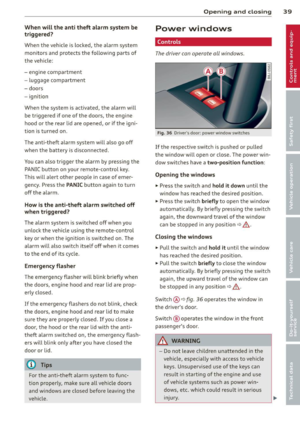 41
41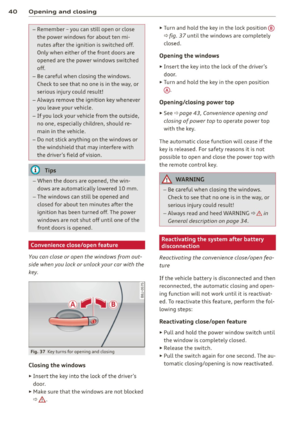 42
42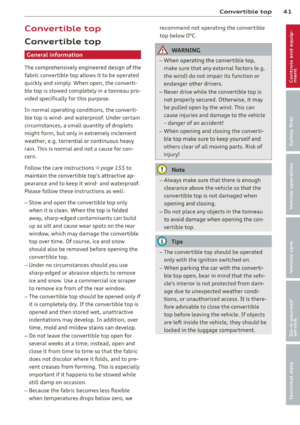 43
43 44
44 45
45 46
46 47
47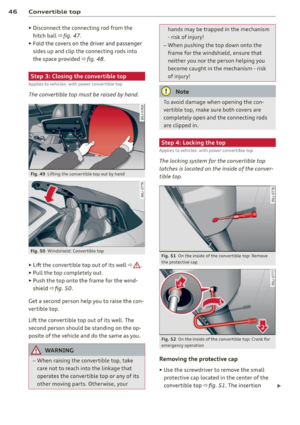 48
48 49
49 50
50 51
51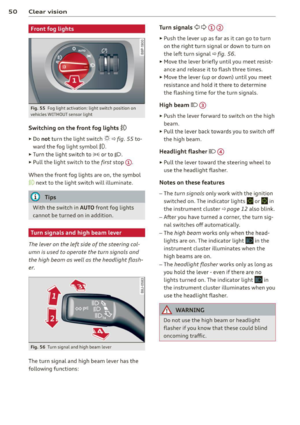 52
52 53
53 54
54 55
55 56
56 57
57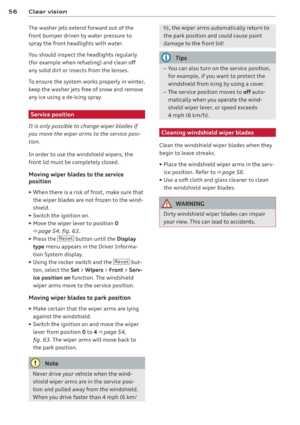 58
58 59
59 60
60 61
61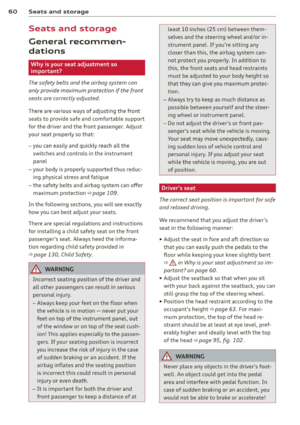 62
62 63
63 64
64 65
65 66
66 67
67 68
68 69
69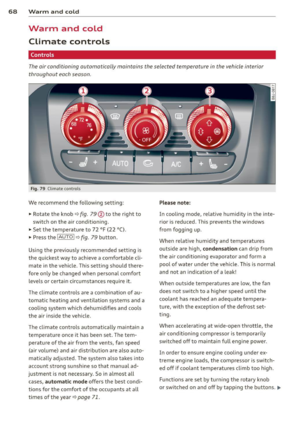 70
70 71
71 72
72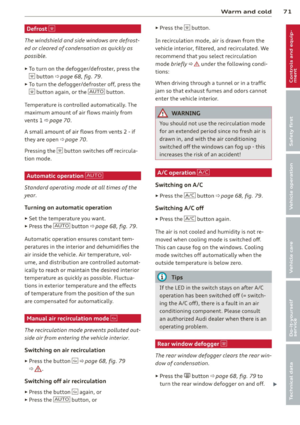 73
73 74
74 75
75 76
76 77
77 78
78 79
79 80
80 81
81 82
82 83
83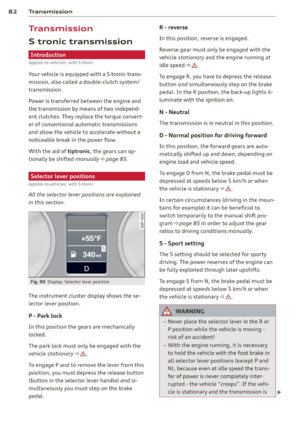 84
84 85
85 86
86 87
87 88
88 89
89 90
90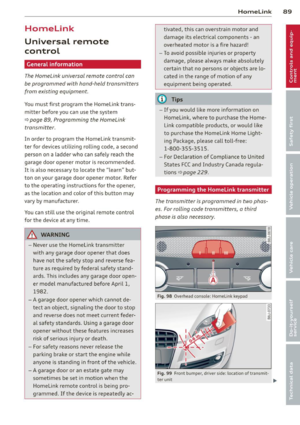 91
91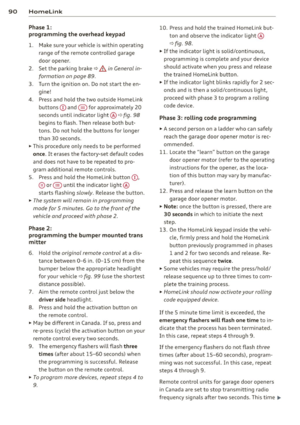 92
92 93
93 94
94 95
95 96
96 97
97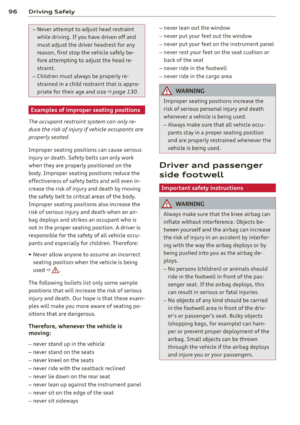 98
98 99
99 100
100 101
101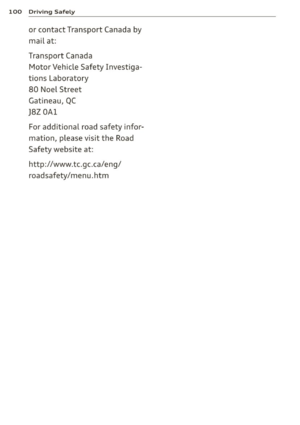 102
102 103
103 104
104 105
105 106
106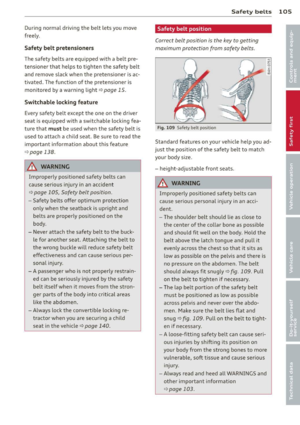 107
107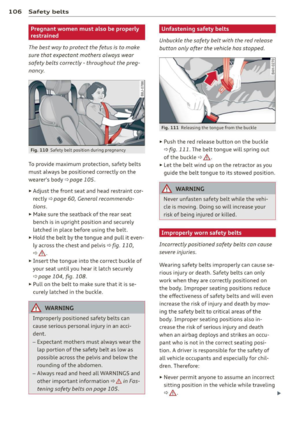 108
108 109
109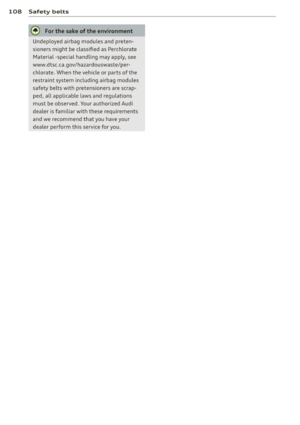 110
110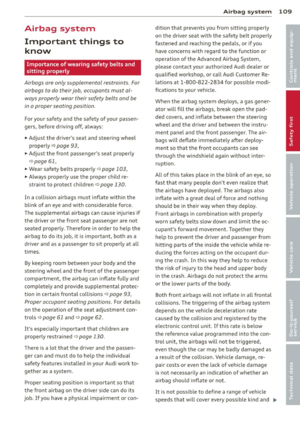 111
111 112
112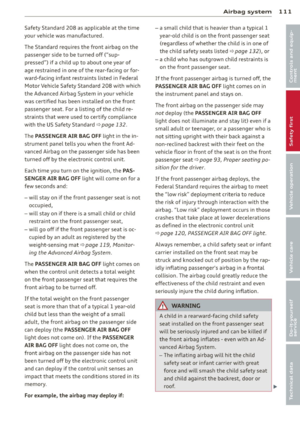 113
113 114
114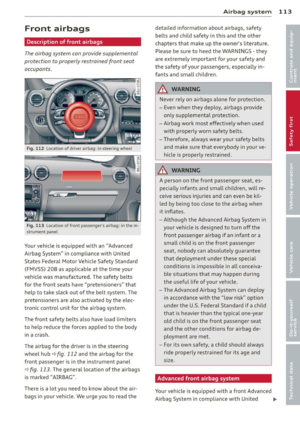 115
115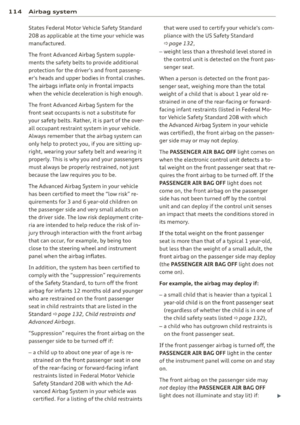 116
116 117
117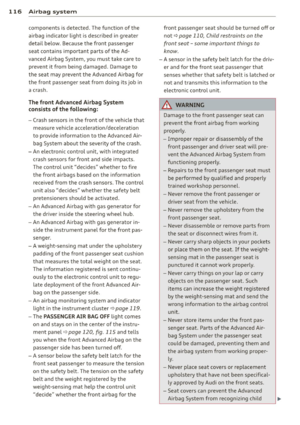 118
118 119
119 120
120 121
121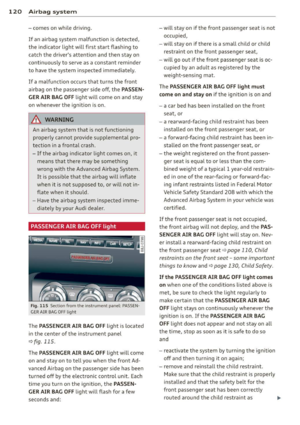 122
122 123
123 124
124 125
125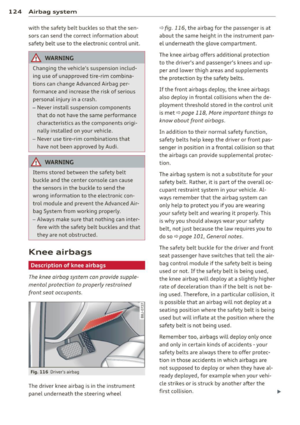 126
126 127
127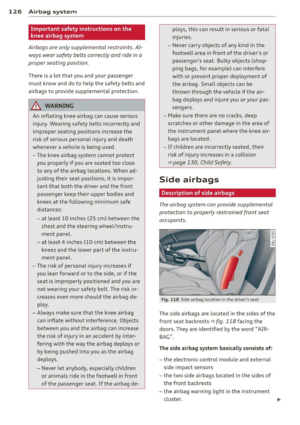 128
128 129
129 130
130 131
131 132
132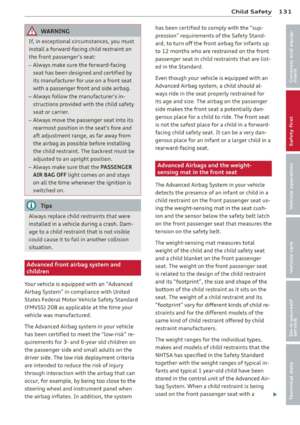 133
133 134
134 135
135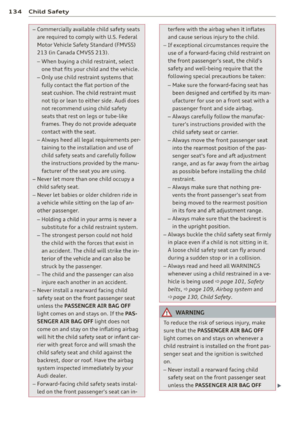 136
136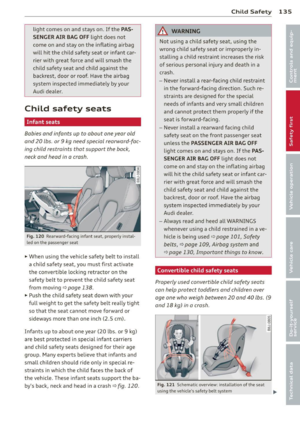 137
137 138
138 139
139 140
140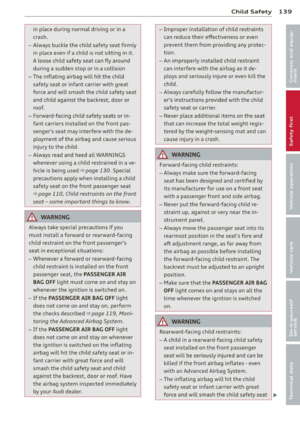 141
141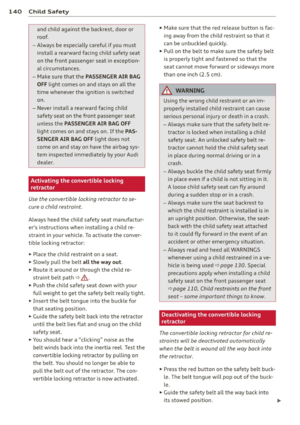 142
142 143
143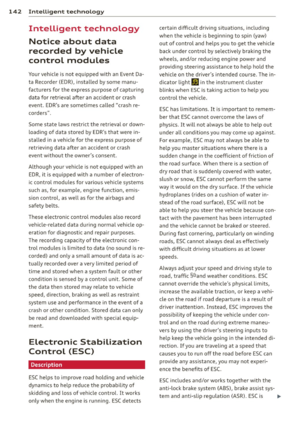 144
144 145
145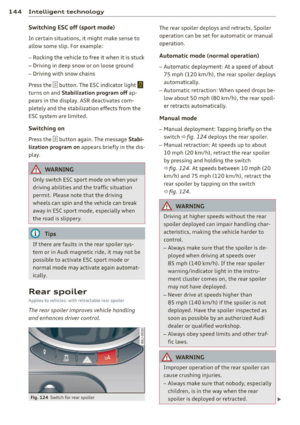 146
146 147
147 148
148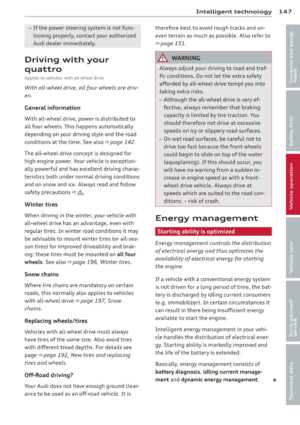 149
149 150
150 151
151 152
152 153
153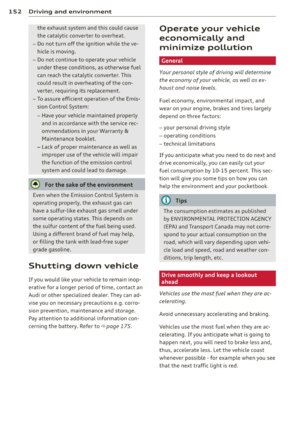 154
154 155
155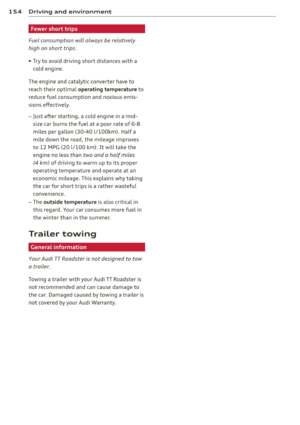 156
156 157
157 158
158 159
159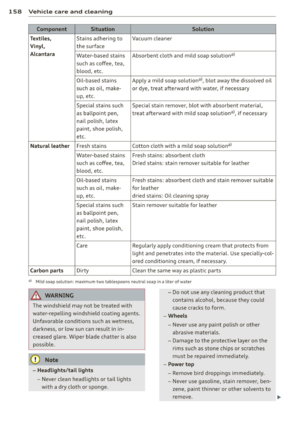 160
160 161
161 162
162 163
163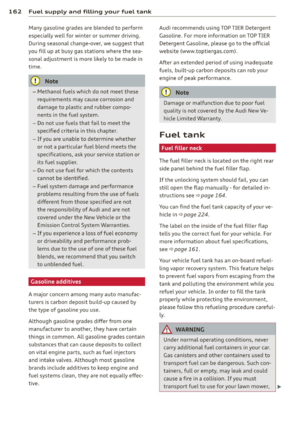 164
164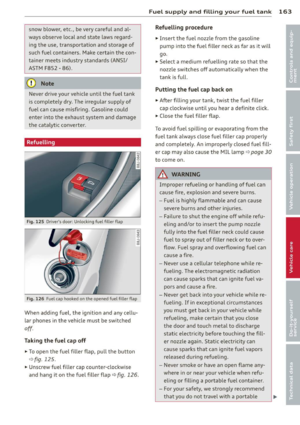 165
165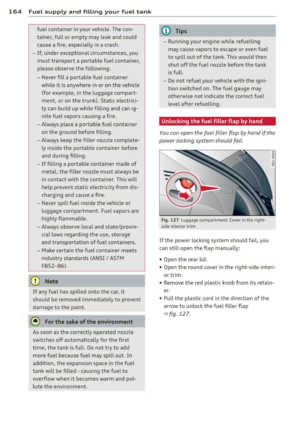 166
166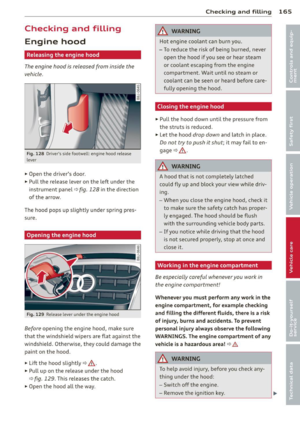 167
167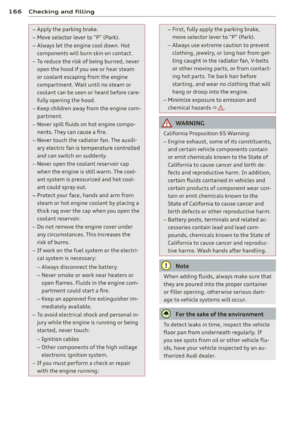 168
168 169
169 170
170 171
171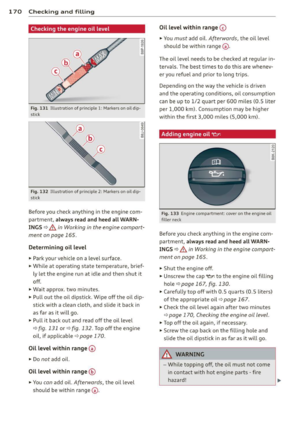 172
172 173
173 174
174 175
175 176
176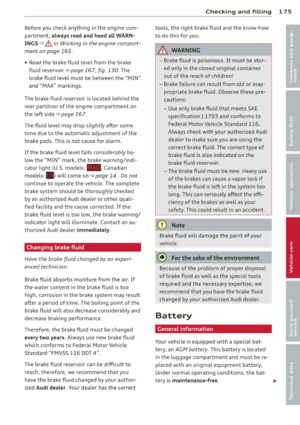 177
177 178
178 179
179 180
180 181
181 182
182 183
183 184
184 185
185 186
186 187
187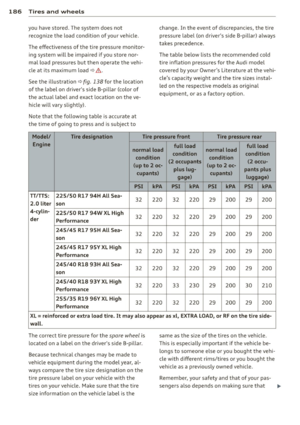 188
188 189
189 190
190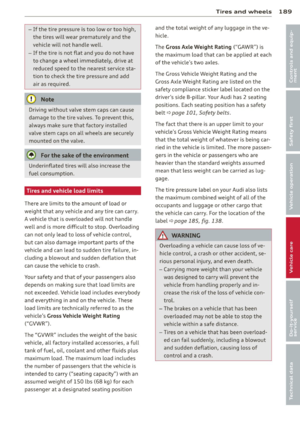 191
191 192
192 193
193 194
194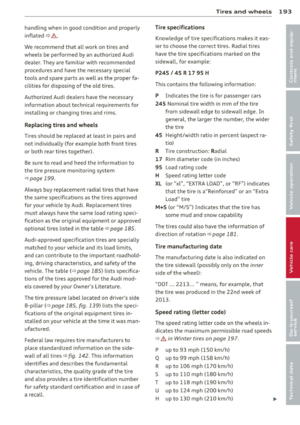 195
195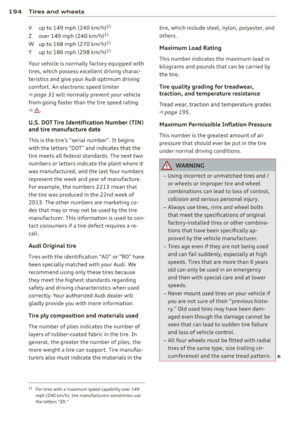 196
196 197
197 198
198 199
199 200
200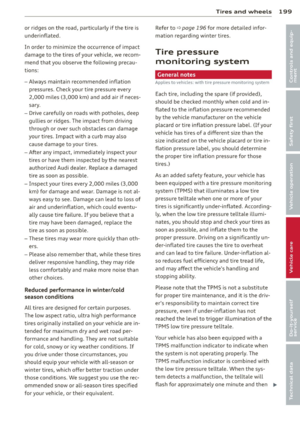 201
201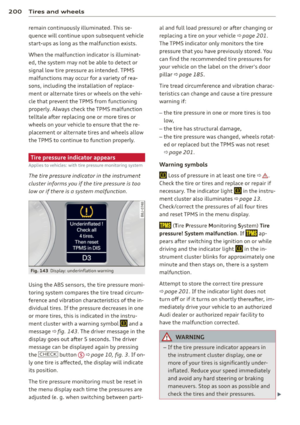 202
202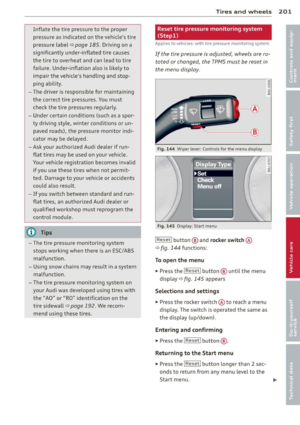 203
203 204
204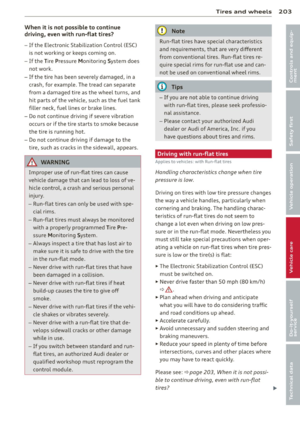 205
205 206
206 207
207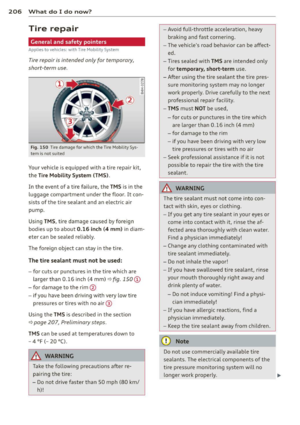 208
208 209
209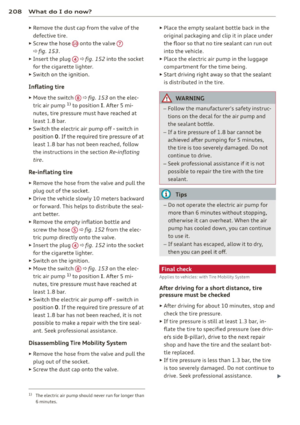 210
210 211
211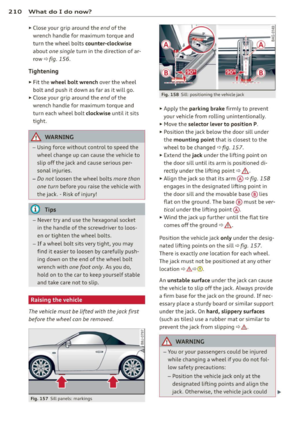 212
212 213
213 214
214 215
215 216
216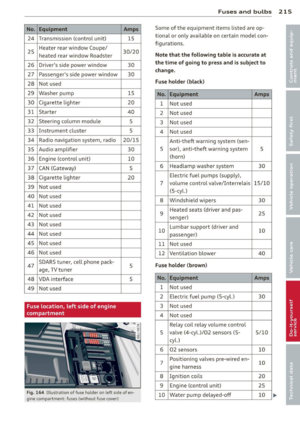 217
217 218
218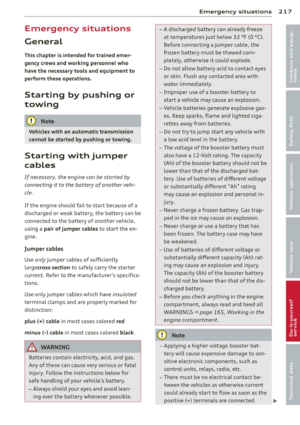 219
219 220
220 221
221 222
222 223
223 224
224 225
225 226
226 227
227 228
228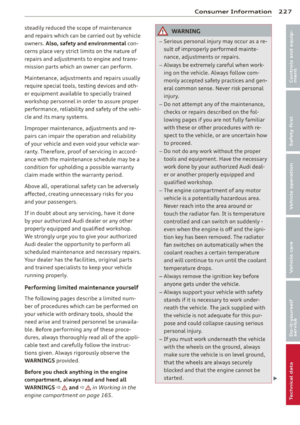 229
229 230
230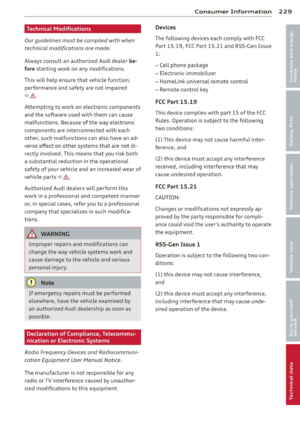 231
231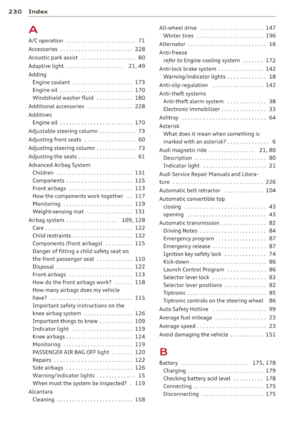 232
232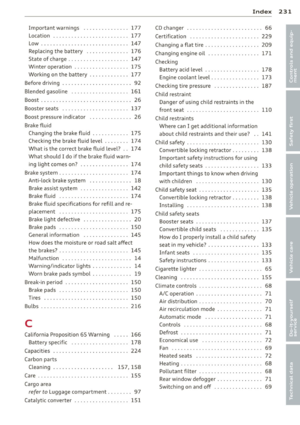 233
233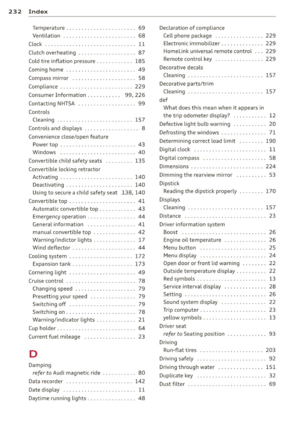 234
234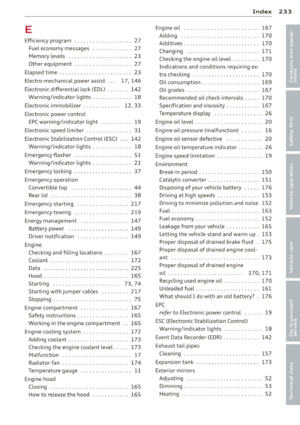 235
235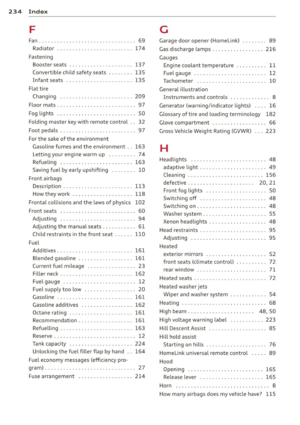 236
236 237
237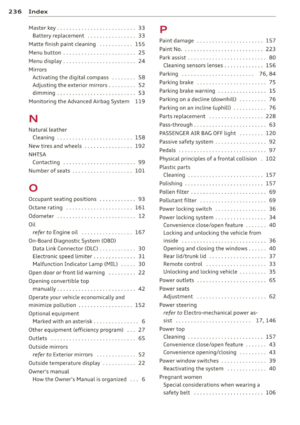 238
238 239
239 240
240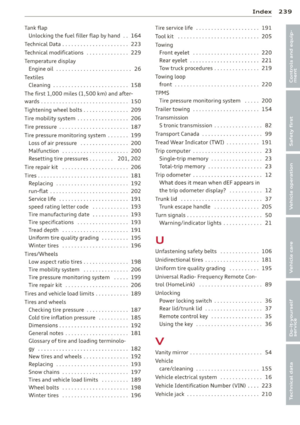 241
241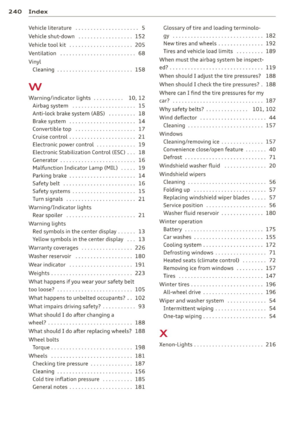 242
242 243
243






